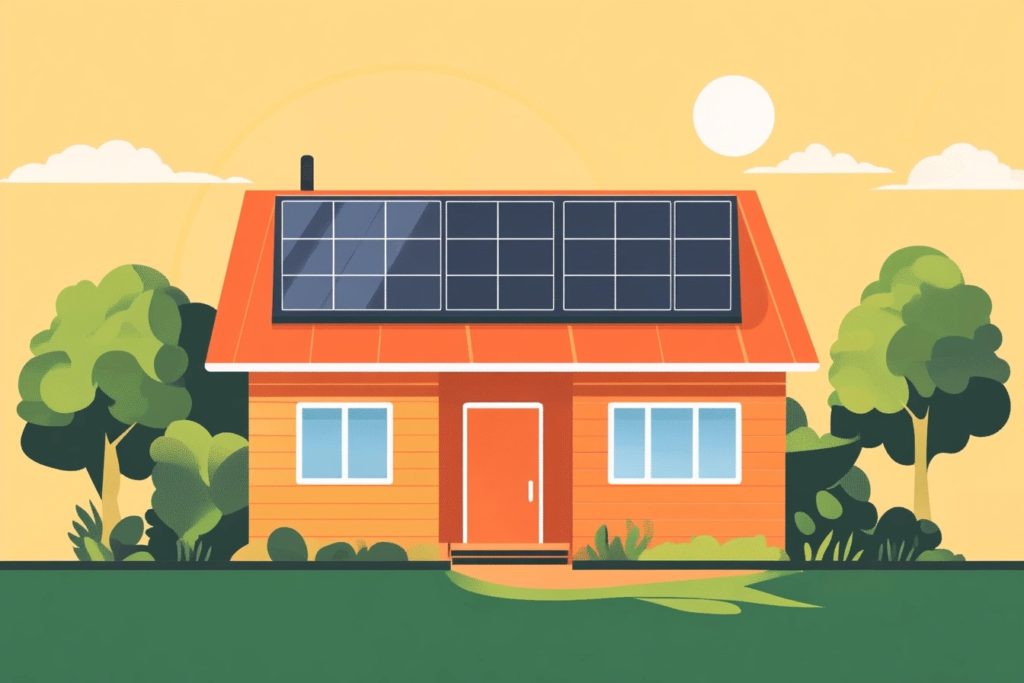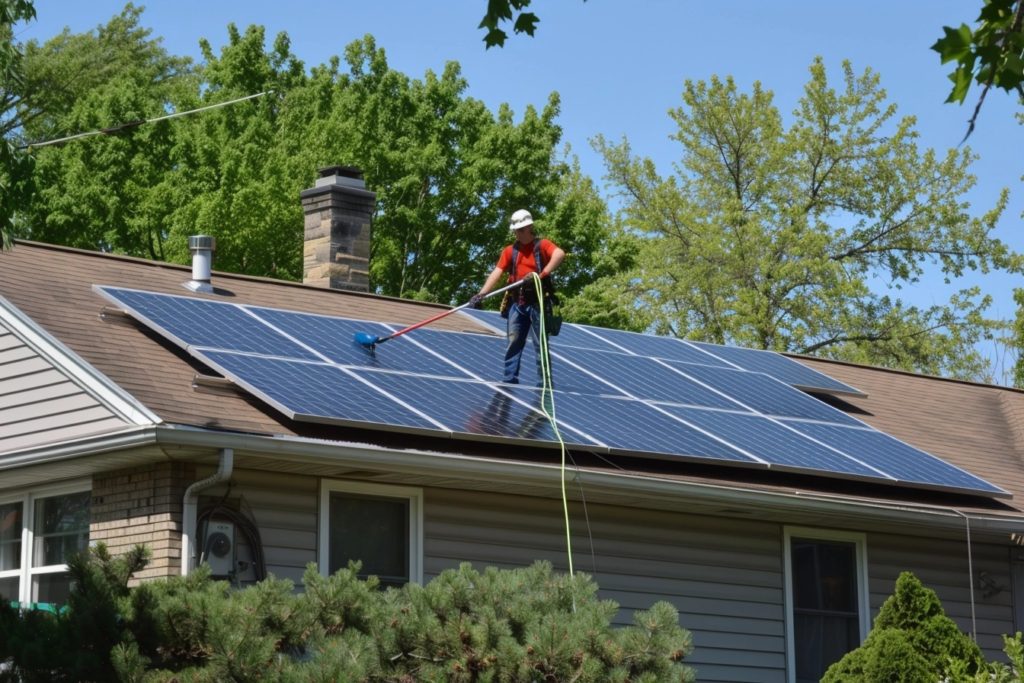
Solar power is gaining popularity in the United States, with more people opting for the savings and clean energy that LGCY Power provides. According to a recent survey by the Pew Research Center, 77 percent of Americans say that it’s more important to develop clean energy sources like solar than produce more fossil fuels.
But, while solar power usage has grown 460 percent from 2008 to 2018, we still rely on coal, petroleum, and natural gas to generate about 80 percent of our country’s power. What’s holding us back? A lot of it is just education, which will lead to even more widespread adoption of solar power in our daily lives. So, today we would like to provide you with more information on the advantages of solar energy vs fossil fuels.
The main considerations we’ll use to judge the two are:
1) Cost of power
2) Negative environmental impact
3) Ease of integration and use
4) Pros and cons
1) The cost of fossil fuels vs solar energy
When we talk about comparing the cost of solar electricity to fossil fuels, it’s important to note the prevalence of government subsidies. In fact, the United States government has subsidized traditional fossil fuels at a higher rate than any other country in the world according to EnergySage.com.
For example, the Investment Tax Credit (ITC) actually covers 26 percent of most solar installations in the United States. That has been true even under even the most environmentally friendly administrations and Presidents. Therefore, the best way to compare apples-to-apples when we talk about energy costs is to turn to a more straightforward metric: global energy prices.
Update: In August 2022, the solar tax credit was increased to 30% and extended through 2032.
Traditionally, the price of electricity generated from fossil fuels like coal, natural gas, and other fossil fuels ranges between $0.05 and $0.17 per kilowatt-hour. Currently, the price of solar energy runs between $0.03 and $0.06 per kilowatt-hour according to the National Renewable Energy Laboratory. So, solar power costs about half as much as electricity produced from non-renewable sources (and that’s not factoring in indirect costs like environmental harm, etc.).
While the savings with solar are profound, the potential for even lower energy prices in the future is exciting. Remember that solar is not a fuel but a technology. Therefore, it’s not a limited resource like gas, oil, coal, etc., which can only increase in price as the supply shrinks. Conversely, advancements in solar technology will improve dramatically over the coming decades, making solar power the cost-efficient choice to power our lives.
2) The environmental impact
When it comes to environmental impact, solar is the clear winner. Solar energy harnesses the power of the sun, cleanly and without harmful emissions or pollutants. We don’t need to mine, drill, burn, or deplete a finite resource to obtain an endless abundance of solar energy.
Fossil fuels, however, deplete and degrade the Earth in the process of obtaining them, causing serious and irreversible changes to the Earth’s fragile ecosystem. Fossil fuels also emit harmful pollutants such as greenhouse gasses, poisoning our environment for future generations. For instance, the burning of fossil fuels now accounts for three-quarters of all carbon emissions in the United States according to NRDC.org. Our dependence on non-renewable fuels also leads to indirect effects like armed conflicts, food insecurity, price volatility, deforestation, and more.
3) Integration and use
Currently, renewable energy resources like wind, solar, and hydropower make up only 2-3 percent of energy usage for the whole world (and about 4 percent in the United States). Non-renewables like oil, coal, and natural gas still make up the vast majority of our energy usage, despite their higher cost and harm to the environment.
Part of the reason for that dependence on non-renewable fuels, is the infrastructure and distribution system, which has been entrenched in our society for more than 100 years. When it comes to ease of filling up your car’s gas tank or calling up the utility company to connect electricity at your house, non-renewables have an edge.
But the use of clean energy is becoming more practical by the day, already surpassing fossil fuels in terms of cost savings. As technology around solar panels, batteries, and other solar systems keeps developing, the application of clean energy sources in everyday life will become more widespread.
4) Solar energy vs fossil fuels pros and cons
To recap the pros and cons of solar energy and fossil fuels, we see that solar now costs less to produce (approximately half as much). The operating costs of fossil fuels will only grow over time as these finite, non-renewable resources are depleted.
Solar Power, on the other hand, will most likely drop in price and increase in efficiency since it’s a technology and not a power source.
Fossil fuel dependence comes with serious environmental consequences, like water pollution, soil erosion, global warming, and more.
When we talk about solar energy vs fossil fuels, the only drawback to solar is that it’s not widely accessible yet, as improvements in infrastructure, technology, and energy policies are needed before there can be a solar panel on every rooftop. LGCY Power is at the forefront of that movement to bring solar to every American household!
Sources:
Solar Energy vs Fossil Fuels
Renewable Energy is Growing Fast in the US But Fossil Fuels Still Dominate
Renewable Power Costs in 2019
Solar vs Fossil Fuels
Fossil Fuels Dirty Facts




